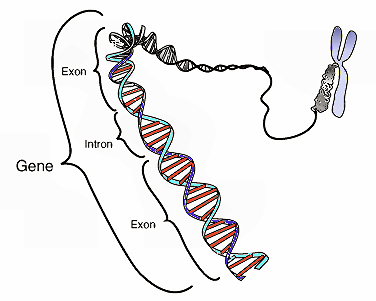How gaps between genes interact to influence the risk of acquiring diseases

New research from The University of Manchester and the Brabraham Institute has revealed how gaps between genes interact to influence the risk of acquiring diseases such as arthritis and type 1 diabetes.
Writing in Nature Communications, the scientists show gap regions within the folds of DNA that have a crucial effect on turning genes on and controlling their expression, actually physically interact with genes not previously thought to be important in disease. Many of these genes are now thought to increase the risk of people developing diseases such as arthritis, psoriasis and type 1 diabetes.
Lead researcher Dr Stephen Eyre from The University of Manchester said: "It used to be the case that researchers would seek to identify a gene which caused a particular disease by a 'nearest gene' approach, to the gap regions.
"The reality is much more complex than that. Not only do the gaps between genes have an effect but, as we show in the new study, the gaps don't necessarily affect the nearest gene – they can work over longer distances to turn distant genes on or off."
This process is caused by the folding of the two metre DNA to make it fit within a cell. This folding, brings gap regions close to the 'more important' regions, and therefore controls the levels of genes. In certain parts of the folded DNA, regions that increase risk to different diseases can 'meet' at the same gene.
The findings also open up the possibility that some genes may be increasing the risk of more than one disease, depending on how they are regulated by the gaps and from where in the DNA structure. This knowledge could lead to greater understanding of the diseases and insights into potential treatments.
The next steps in the research are to identify more of these complex interactions and in different types of cell in order to build a more complete picture of how genes and gaps interact to increase disease risk.
Dr Eyre added: "This research shows just how complicated the interactions within our cells are – much more so than was previously thought. However, by gaining a better understanding of this process we open up many more possibilities for research into cures and treatments in the years ahead."
More information: Capture Hi-C reveals novel candidate genes and complex long-range interactions with related autoimmune risk loci. Nature Communications, 2015. doi:10.1038/ncomms10069 , www.nature.com/ncomms/2015/151 … ull/ncomms10069.html





















